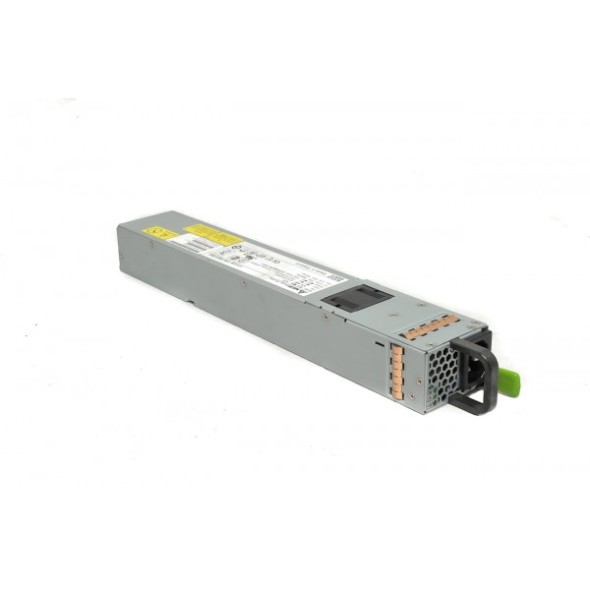Remember your first car? I know I do. It was as just a few years younger than I was (an old Ford truck), and I saved up money cooking and washing dishes for a year to afford it. It was an ugly beast of a truck, too. It was originally painted white, but over the years it had turned an off yellow, which was how I bought it. Both doors were rusting slowly from the bottom up, and to get into the driver’s seat you had to climb in from the passenger’s side. The engine was temperamental and refused to start if temperatures dipped below zero, and even on a good day roared to life with all the vigor of an angry lion. Despite all of its problems, I drove that truck for two years. Finally, inevitably, the truck quit. One bad transmission later, I was forced to purchase a different vehicle.
Parallels can be found in any sort of investment, be it a television or a server. The more expensive an investment was originally, the less likely we are to give it up. Servers are one of the most expensive and important IT investments a small business can make, which is why so many servers end up working overtime far beyond their expected lifetime. We don’t ever want to give up something we worked so hard to get in the first place, but eventually there’s a time to let it go. Yes, that even applies to your old server, unfortunately. If you’ve been upgrading continuously over the past few years but your server still isn’t up to par with your expectations, it might be time to take the plunge and invest in a new server for your business. Not sure whether it’s that time? Here are four signs it’s time to retire your server.
- Processor Speed. If your current server only supports a single processor, and if this processor is a dual-core or less, it’s probably time to upgrade to something a little better. Newer servers sport quad-core processors as a minimum, (there are plenty of twelve-core processors out there) and many servers support more than one processor. An outdated processor will drag your server and its applications down.
- RAM expandability. So you’ve installed all the RAM you can in your server, taking advantage of every port possible. How much RAM do you have now? If your server’s expansion slots allow for a small maximum RAM, say, four gigabytes, it’s time to retire it. Most servers have a minimum RAM in the double digits.
- End of Support. Normally, a manufacturer will back any of its products with the option of company support for that product. This normally extends for the entire life of the product, and, barring the possibility of a company going out of business, they will continue to support a product even if they no longer manufacture it. If your server’s manufacturer has announced it will stop supporting your server model, it’s because they no longer see it as a viable server in today’s market. They’re probably right.
- Frequent Power Failures. I had a server which had frequent power failures. I was in the same boat as number three, which meant I couldn’t easily find a replacement power supply. My current Sun server has a great 300-2015 power supply, which hasn’t had problems yet. If you can’t find a replacement power supply, chances are your server is far too dated.
It’s not easy to say goodbye! Stay faithful to your old server or upgrade: the choice is yours.

